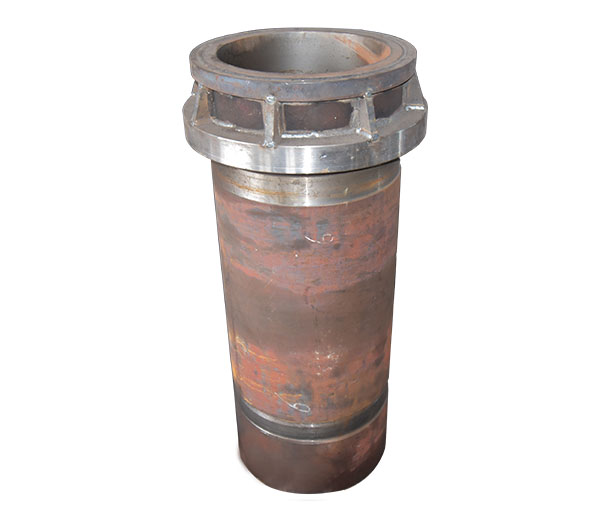Cylinder



content

The hydraulic cylinder is a hydraulic actuator which transforms the hydraulic energy into mechanical energy and makes linear reciprocating motion (or swing motion). The inner tube vulcanizer has the advantages of simple structure and reliable operation. When it is used to realize reciprocating motion, the decelerator can be avoided, there is no transmission gap, and the motion is stable, so it is widely used in various mechanical hydraulic systems. The output force of the hydraulic cylinder is proportional to the effective area of the piston and the pressure difference on both sides; the hydraulic cylinder is basically composed of the cylinder barrel and the cylinder head, the piston and the piston rod, the sealing device, the buffer device and the exhaust device. Buffer device and exhaust device depend on the specific application, and other devices are indispensable.
The hydraulic cylinder is the executive component of the hydraulic transmission system. It is the energy conversion device that converts the hydraulic energy into mechanical energy. The hydraulic motor realizes continuous rotary motion, while the hydraulic cylinder realizes reciprocating motion. There are three types of structure of hydraulic cylinder: piston cylinder, plunger cylinder and swing cylinder. Piston cylinder and plunger cylinder realize reciprocating linear motion, output speed and thrust, swing cylinder realizes reciprocating swing, output angular speed (speed) and torque. In addition to single use, hydraulic cylinder can also be combined with two or more or other mechanisms. To accomplish special functions. The hydraulic cylinder is simple in structure and reliable in operation, which has been widely used in the hydraulic system of machine tools.


